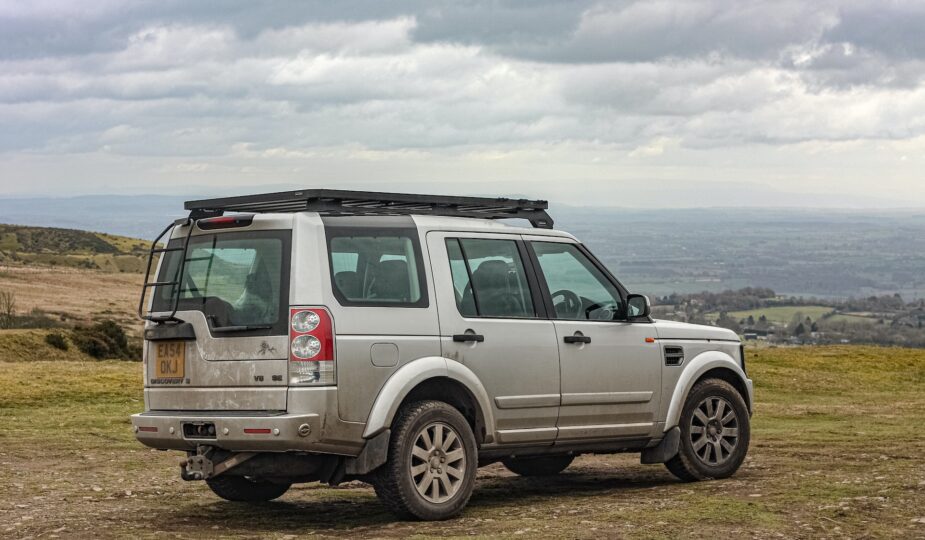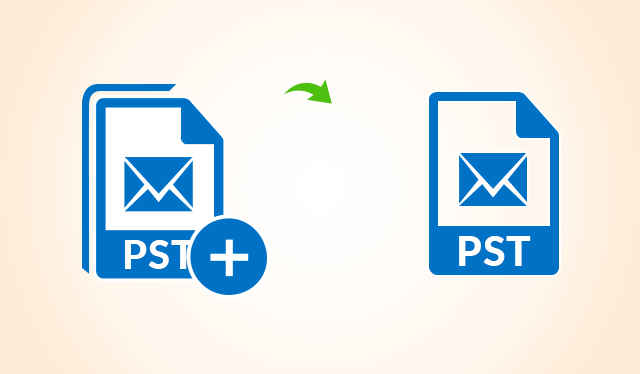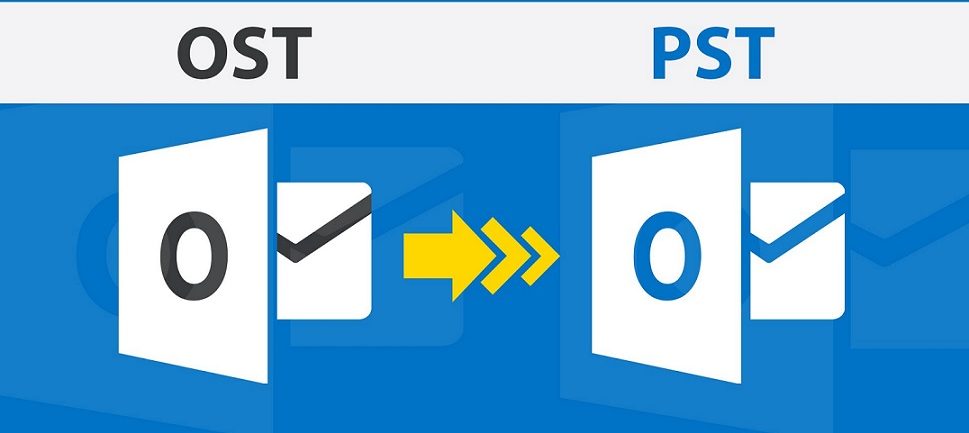A satisfactorily used car purchase involves more than just haggling and getting a good deal; it also involves a thorough inspection to determine the vehicle’s suitability for driving. Therefore, thorough investigation and research are necessary before purchasing a reliable used car.
A thorough inspection will probably prevent you from paying for many repairs and maintenance down the road. Ensuring you are not misled into buying a defective car is the biggest challenge you may encounter when inspecting a car at a dealership or the seller’s home. Even though you can narrow your search once you check used cars on CARS24, you need to keep in mind the processes of inspecting a used car once you decide to make a purchase. How to do that? Let’s find out below.
Tips To Inspect A Used Car Before Buying
Buying used cars is not a joke. You are investing your money on this so feeling foolish after the purchase is not an option. So, consider these tips when you decide to make a used car purchase.
1. Make The Right Choice
Regarding features, specifications, and the type of car you want, be sure you know what you want. If at all possible, try to buy newer models. Remember that three years after purchase, new car prices usually start depreciating. The same goes for purchasing a car that has been discontinued. Inspecting a used car thoroughly before purchase is crucial, especially when shipping it from a different location, as detailed in the car shipping guide. Research the internet, or check used cars on CARS24 before making any purchase.
2. Examine The Car Thoroughly
No matter who you purchase the vehicle from, inspect it closely and take it to a mechanic for a full checkup. Give the car a thorough inspection while it is wearing old clothing. Do your inspection during the day because floodlights can hide body flaws and make cars appear shiny. When inspecting a used car, it is important to check for any missing or damaged car accessories, such as floor mats, hubcaps, and the spare tire. The vehicle should not have been driven for at least an hour before your inspection and should be parked on a level surface.
3. Show The Car to Your Mechanic
Have the vehicle inspected by a repair facility frequently performing diagnostic work before you finalize the deal. As long as you leave identification, a dealer should have no trouble providing you with the car to have it inspected. Insist on having your mechanic look at it if a salesperson claims an independent inspection is not required because the dealership has already performed one. Offer to accompany the seller to the inspection shop if a private seller refuses to let you drive the car there.
4. Records of Maintenance
Some auto owners meticulously document the upkeep of their cars. The dates are written on the receipts. However, some business owners do not think about keeping records. They track how frequently they visit the service center and what services they provide yearly. So, we suggest you talk in-depth with the seller about the history of the vehicle’s maintenance.
You can adhere to the same based on your usage if you obtain well-maintained records. You can determine how much servicing the car needs if you get a verbal history.
5. Verify The Authenticity of The Vehicle’s Registration Certificate
Along with the owner’s name, it will also have details about the car, like the chassis and engine numbers.
The certificate must be authentic. It will be labeled as DRC if it is a duplicate. Talk to the seller about the DRC status and find out where the car is registered. The vehicle must be registered with the new state’s Regional Transport Office (RTO) if you intend to relocate there. After the purchase, your name ought to be on the vehicle’s registration certificate.
6. Check The Necessary Documents
When buying a used car, the following documents must be examined as well:
- The original purchase invoice.
- Insurance.
- The receipt for the road tax.
- The pollution certificate.
Form 35 and the NOC from the financing company are essential if the vehicle was financed. Remember that the registration certificate must be updated to reflect any changes to the engine’s displacement or the vehicle’s color.
7. Examine The Vehicle’s Past
When researching a vehicle’s history, you should always search for signs of prior collisions and any major fixes that may have been made. In addition, search for any signs that the car has undergone regular maintenance and repairs. Also, it is essential to look for any recalls or other issues the manufacturer may have disclosed for that specific model.
The type of fuel the car has been using and whether it has ever been registered in another country are two additional useful details. When buying a car, you can use all these factors to decide.
8. Car Insurance
The old owner’s name must be changed on the insurance policy when purchasing a used car. The buyer must arrange the transfer if the seller does not take proactive action. Before deciding to junk a car, it’s important to have it inspected by a qualified mechanic to determine its worth and potential repair costs. There may be legal issues if the car insurance is not changed to the new owner’s name and the vehicle is involved in an accident or other unfortunate circumstances. So, checking the insurance coverage’s reach is very important.
The appropriate car insurance Add-ons can be considered when renewing if you feel the current insurance policy needs strengthening. By canceling the current policy, you can purchase a new one for yourself. In India, driving without a valid car insurance policy is a crime.
9. Verify The Car Age and Warranty
Finding out the age and warranty of the used car you want to buy should be the first item on your checklist. Go for reasonably new cars with a warranty if you have the money to make your work easier. When you check used cars on CARS24, do this as well. These vehicles are offered in excellent condition and at reasonable prices. Purchasing a car with warranties also gives buyers a transparent history of the car’s maintenance.
Final Thoughts
Purchasing a used vehicle is an excellent strategy to save money. A bonus is that the car’s carbon footprint has already been offset. Knowing what you are getting into before purchasing a car is good, regardless of the reason.
A used car needs to go through a careful inspection. You must first investigate the vehicle’s past and request a safety certificate check. Then look for damage indicators on the interior and exterior. A fundamental comprehension of warning signs can assist you in avoiding purchasing a vehicle that will require costly repairs soon.










